Artec Leo 3D Scanner
Get Pricing Sent to You Today
While you are waiting, check out our Resource Center or read our Blog!

The Ultimate in 3D Scanning Mobility
The winner of numerous industry awards for innovation, the Artec Leo is the first 3D scanner to display your object on the integrated HD display. Integrating these onboard graphics and storage allows you to have a totally wireless handheld scanning experience. The exceptionally high frame rate (80 frames per second), large field of view, and accelerometer allow it to scan extremely fast without losing tracking or precision. The Leo also uses an advanced color camera that produces photorealistic scans with highly accurate texture mapping.
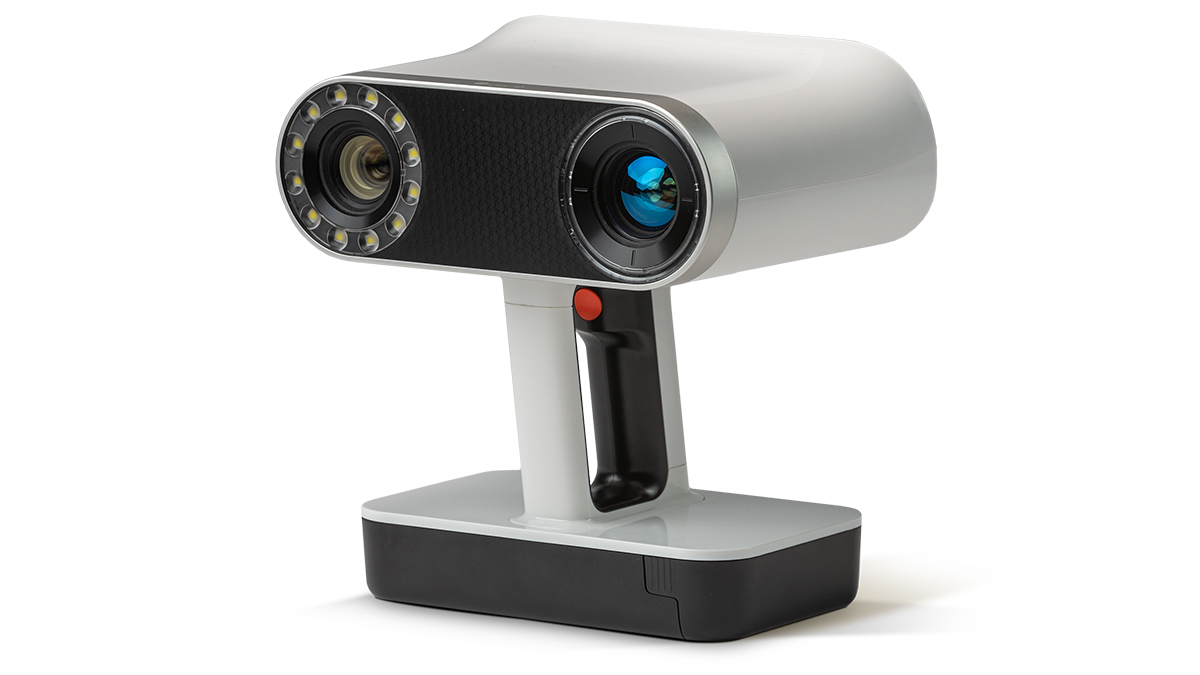
Technical Specifications
|
Features
|
Artec Leo 3D
|
|---|---|
|
Technical Specifications
|
Scanner Type: Handheld
3D Point Accuracy (up to): 0.1 mm 3D Resolution (up to): 0.2 mm 3D Accuracy Over Distance (up to): 0.1 mm + 0.3 mm/m HD Mode: Yes Hybrid Geometry and Texture Tracking: Yes Data Processing Algorithms: Geometry and Texture Based Working Distance: 0.35 - 1.2 m Volume Capture Zone: 160,000 cm³ Linear Field of View (HxW) at Closest Range: 244 x 142 mm Linear Field of View (HxW) at Farthest Range: 838 x 488 mm Angular Field of View (HxW): 38.5 × 23° Ability to Capture Texture: Yes Texture Resolution: 2.3 mp Colors: 24 bpp 3D Reconstruction Rate for Real-Time Fusion (up to): 22 fps 3D Reconstruction Rate for 3D Video Recording (up to): 44 fps 3D Reconstruction Rate for 3D Video Streaming (up to): 80 fps Data Acquisition Speed (up to): 35 min points/s 3D Exposure Time: 0.0002 s 2D Exposure Time: 0.0002 s 3D Light Source: VCSEL 2D Light Source: White 12 LED Array Position Sensor: Built-In 9 DoF Inertial System Display / Touchscreen: Integrated 5.5" Half HD, CTP. Optional Wi-Fi/Ethernet Video Streaming to External Device Multi-Core Processing: Embedded processors: NVIDIA® Jetson™ TX1 Quad-core ARM® Cortex®-A57 MPCore Processor NVIDIA Maxwell™ 1 TFLOPS GPU with 256 NVIDIA® CUDA® Cores Interface: Wi-Fi, Ethernet, SD card Internal Hard Drive: 512 GB SSD |
|
Computer Requirements
|
Scanning: No computer required
Supported OS Data Processing: Windows 7,8 or 10 x64 Computer Recommendations: Intel Core i7 or i9, 64+ GB RAM, NVIDIA GPU with 8+ GB VRAM, CUDA 6.0+ Minimum Computer Requirements: - HD: Intel Core i7 or i9, 32 GB RAM, NVIDIA GPU with CUDA 6.0+ and at least 4 GB VRAM - SD: Intel Core i5, i7 or i9, 32 GB RAM, GPU with 2 GB VRAMA (Computer is needed only for data processing. Scanning does not require a computer.) |
|
Output Formats
|
3D Mesh Output: OBJ, PLY, WRL, STL, AOP, ASC, PTX, E57, XYZRGB
CAD Output: STEP, IGES, X_T Measurements Output: CSV, DXF, XML |
|
Power Source and Dimensions
|
Power Source: Built-in Exchangeable Battery, Optional AC Power
Dimensions (HxDxW): 231 x 162 x 230 mm Weight: 2.6 kg / 5.7 lb |
Advanced Mobility Meets High-Resolution Scanning
Experience next-level scanning capabilities with the Artec Leo. Equipped with cutting-edge mobility features and high-resolution scanning technology, the Artec Leo empowers users to effortlessly capture detailed 3D data in any environment. Its onboard processing and real-time feedback ensure seamless scanning sessions, while its ergonomic design enhances user comfort and productivity.
From industrial inspections to creative projects, the Artec Leo sets a new standard for precision and versatility in 3D scanning.
Artec 3D Resources
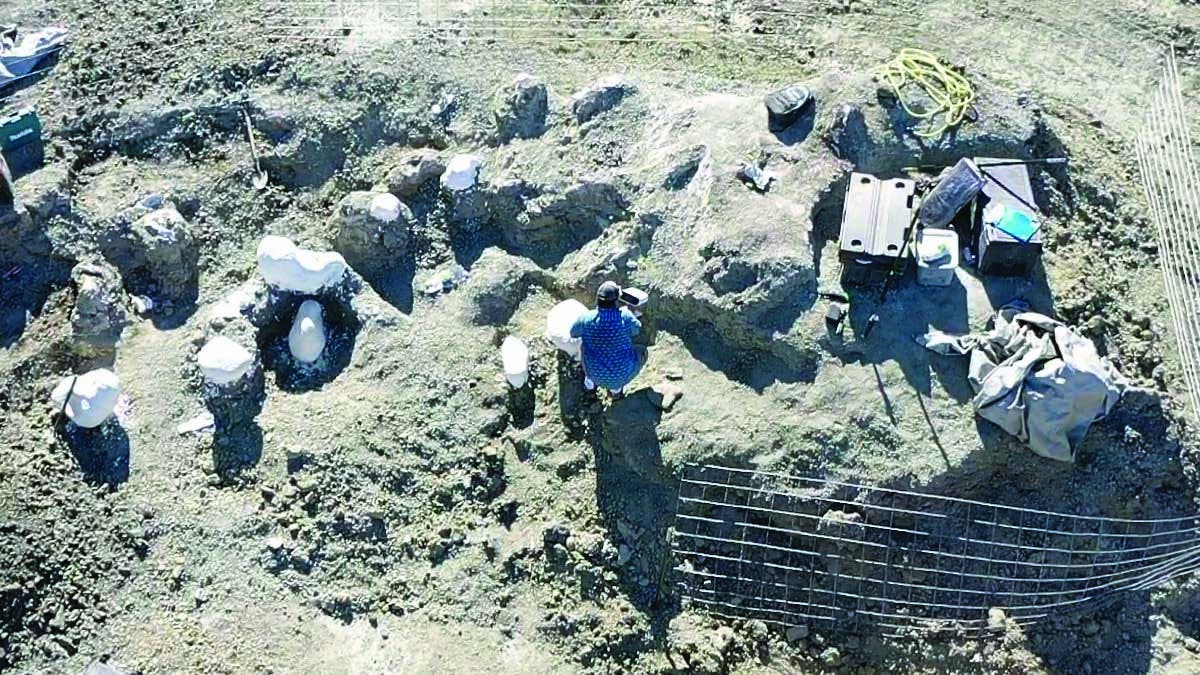
Preserving History With 3D Scanners
Download Guide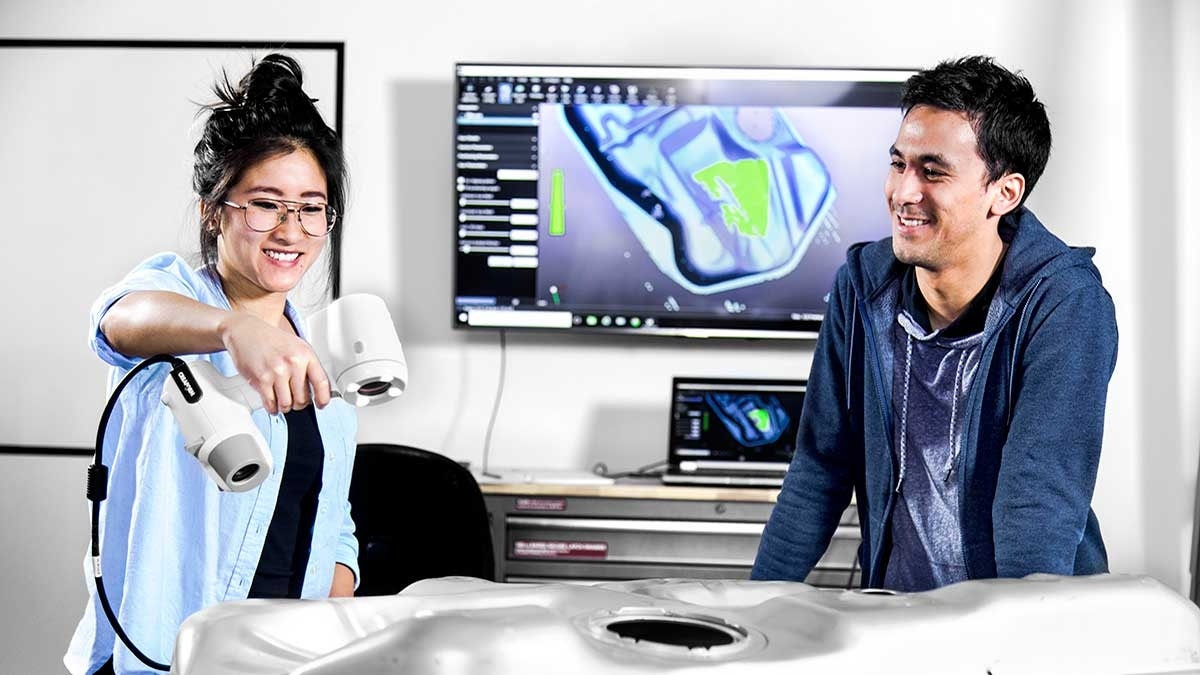
3D Scan-To-CAD: How to Model Almost Anything
Watch Webinar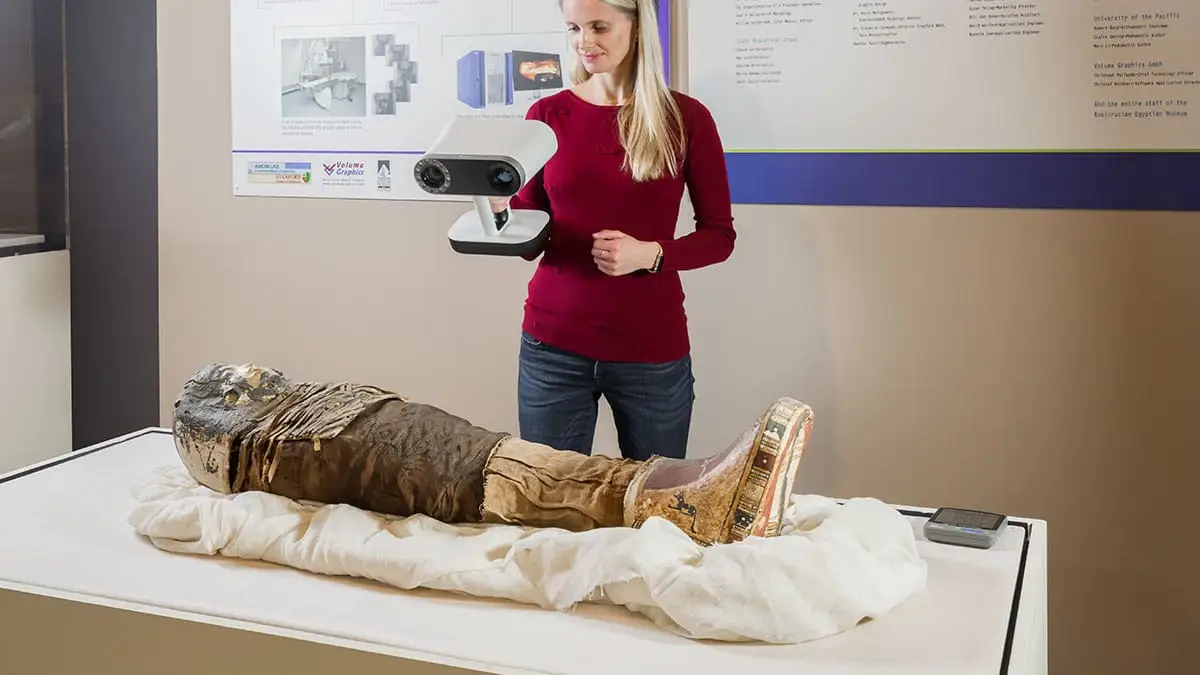
The Artec Ray 3D Scanner in Extreme Environments
Read Article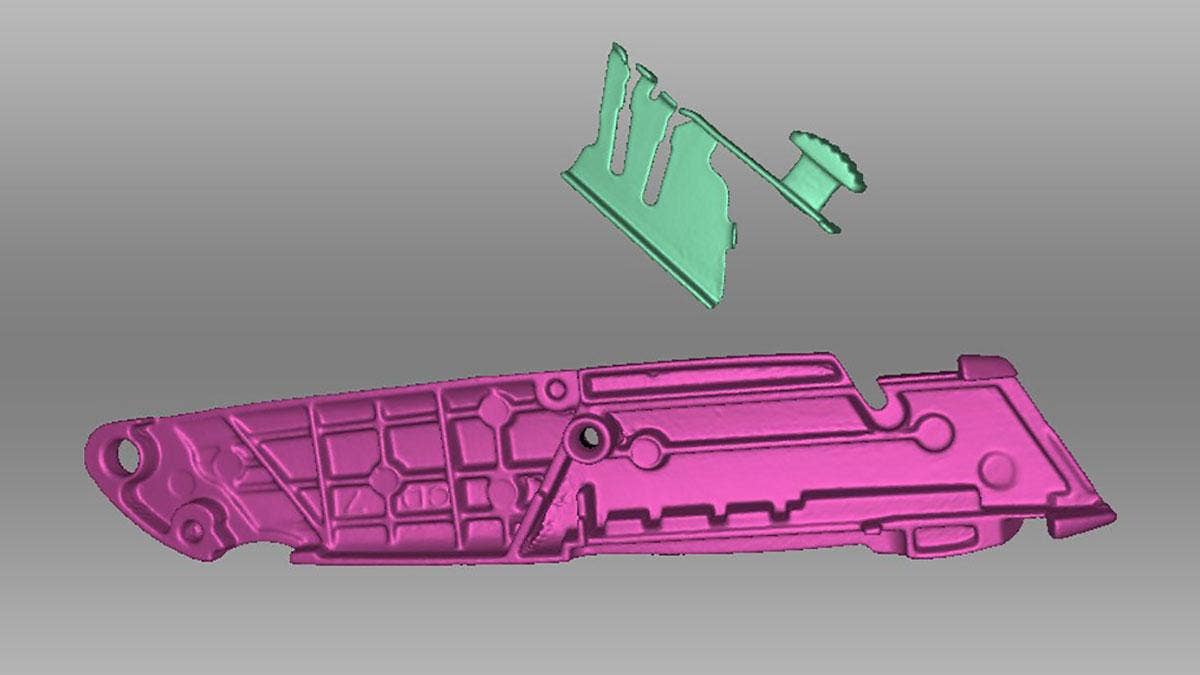
Photo Textures to Your 3D Models in Artec Studio
Read ArticleFrequently Asked Questions
Yes, the Leo allows you to hot swap batteries on the fly. Two-slot battery chargers are available so you can continuously rotate without stopping the scan process.
The Leo does not have a hard size limit so this depends largely on your available computer power. While larger objects are possible, the Leo is generally considered a great fit for vehicle-size objects and smaller.
This depends on a few variable factors like how much the flash lamp is adjusting brightness to meet ambient conditions. Generally, a Leo battery will last several hours on a full charge.
The Leo captures the data and stores it on an internal SSD but offers limited post processing onboard. The bulk of processing is done after offloading to a computer.
Artec scanners do not require an especially high-performance computer, though investing more in certain components – like the GPU – can result in greatly reduced processing times.
Yes. The method of capture used by Leo is exceptionally conducive to scanning people, and the alignment methods allow it to tolerate the micro-movements associated with live models, setting it apart from many other scanners. Experienced Artec users can routinely scan a complete human body in 1-2 minutes.
Leo can tolerate bright and direct sunlight significantly better than the vast majority of structured light scanners, but for the best experience it is still recommended to avoid very bright, direct sunlight wherever possible.
Yes. While the main draw of the Leo is its ability to scan without targets, it is compatible with various 3rd party photogrammetry kits which allow it to be used with targets for greatly enhanced dimensional accuracy.
Services & Customer Benefits
Technical Support
Our scanning support specialists are 100% dedicated to our 3D scanning applications, have passed rigorous testing standards, and have extensive experience using our scanning products in the real world.
Unmatched Training
Every company is different, and when it comes to training for 3D scanning, one size doesn’t fit all. Hawk Ridge Systems can tailor a training plan to focus on the needs of your application.
Professional Services
Not ready for an in-house solution yet? Hawk Ridge can provide scanning, scan-to-CAD, and inspection services. Our extensive fleet of scanners can tackle virtually any job, regardless of size, and our modelling experts use the industry’s most powerful tools to get the job done fast.
